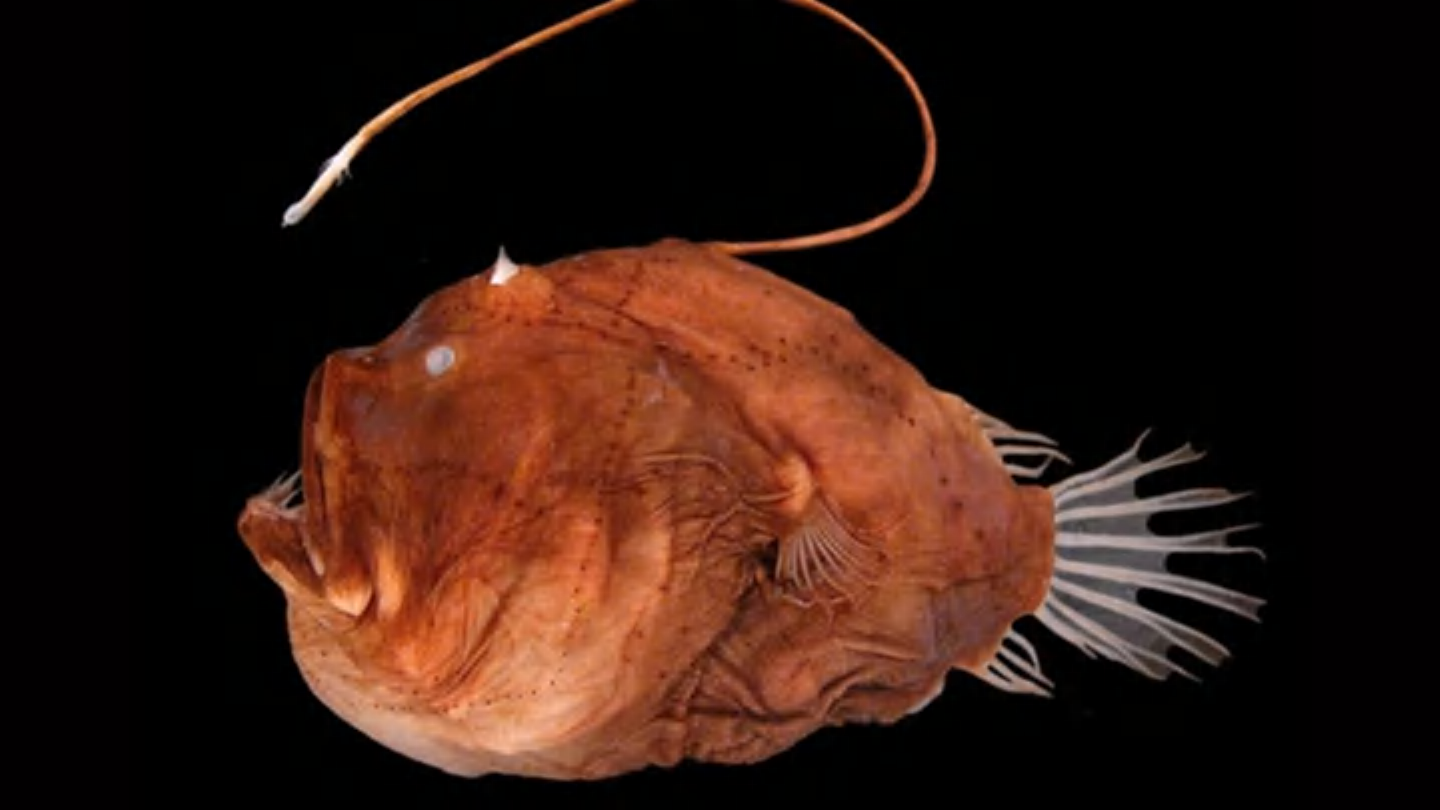This is called parasitosis.
"When ceratioid males go looking for love, they follow a species-specific pheromone to a female, who will often aid their search further by flashing her bioluminescent lure. Once the male finds a suitable mate, he bites into her belly and latches on until his body fuses with hers. Their skin joins together, and so do their blood vessels, which allows the male to take all the nutrients he needs from his host/mate’s blood. The two fish essentially become one.
With his body attached to hers like this, the male doesn’t have to trouble himself with things like seeing or swimming or eating like a normal fish. The body parts he doesn’t need anymore—eyes, fins, and some internal organs—atrophy, degenerate, and wither away, until he’s little more than a lump of flesh hanging from the female, taking food from her and providing sperm whenever she’s ready to spawn."



This isn’t parasitism, because the female anglerfish gains fecundity. Also parasitism, mutualism, etc. are used to describe inter-species relationships, not intra-species relationships.
How does the fish immune system, such as it is, not reject the foreign organism? Is there something to be learned here re: organ transplant rejection? Like, for us, not fish. Although I have nothing against fish organ transplants. Into other fish, I mean.
This guy ecologies